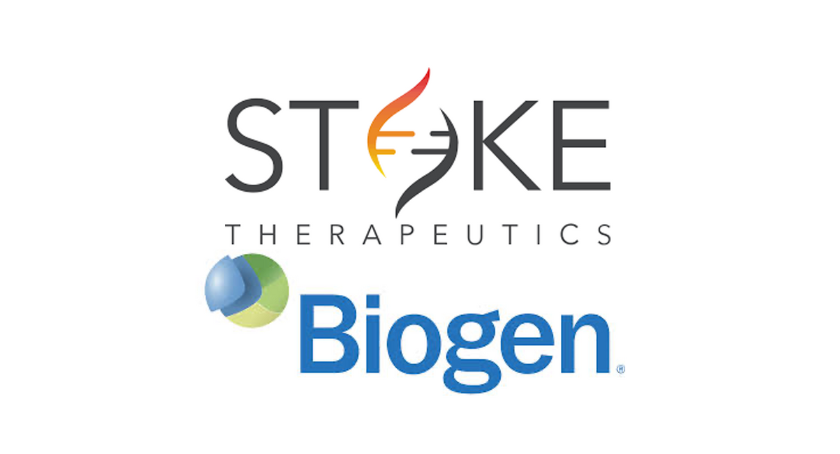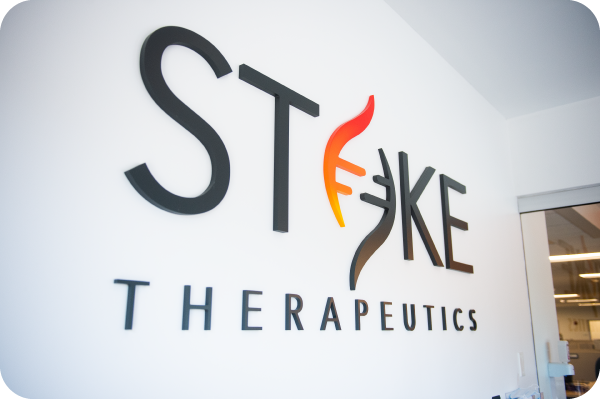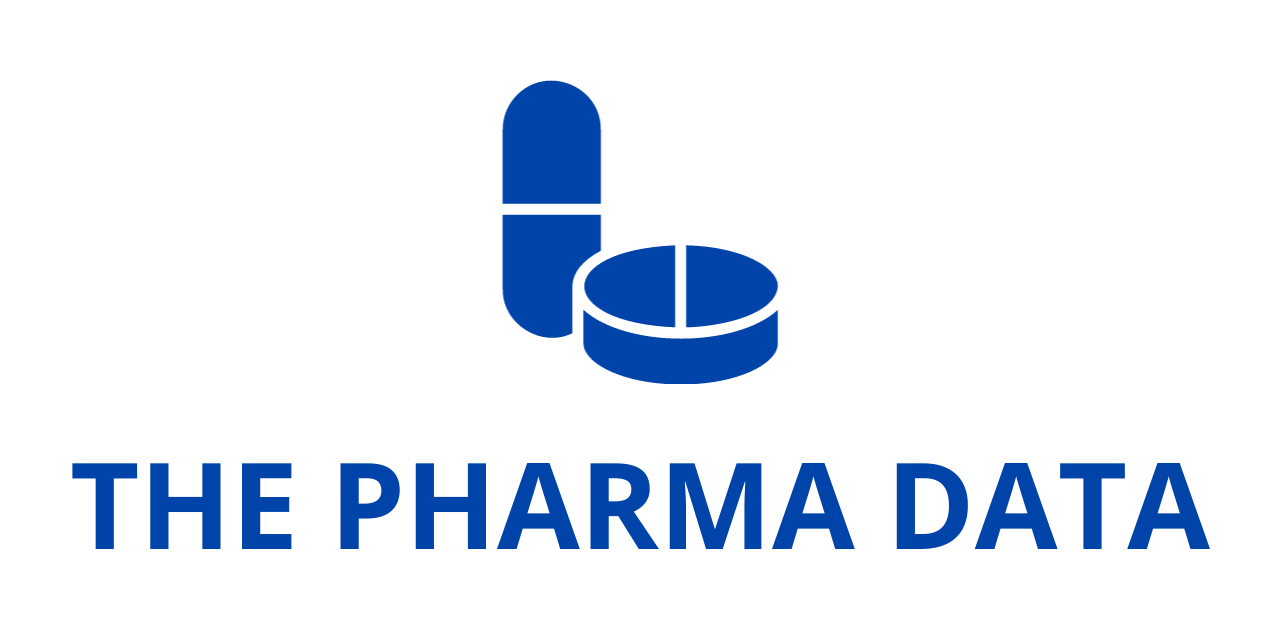
Stoke Therapeutics and Biogen Dose First Patient in Pivotal Phase 3 EMPEROR Study of Zorevunersen, an Investigational Disease-Modifying Therapy for Dravet Syndrome
Stoke Therapeutics, Inc. (Nasdaq: STOK), a biotechnology company pioneering RNA-based medicines to restore protein expression, and Biogen Inc. (Nasdaq: BIIB), a global leader in neuroscience, have announced a major milestone in their collaborative program targeting Dravet syndrome. The companies have dosed the first patient in the global Phase 3 EMPEROR study, a pivotal trial evaluating zorevunersen as a potential first-in-class, disease-modifying therapy for this devastating rare epilepsy.
Zorevunersen is an investigational antisense oligonucleotide (ASO) designed to address the root cause of Dravet syndrome by boosting production of the Nav1.1 sodium channel protein, which is deficient in patients with loss-of-function variants in the SCN1A gene. Unlike current anti-seizure medicines, which primarily aim to control symptoms by reducing seizure frequency, zorevunersen is intended to modify disease progression by restoring functional protein expression, potentially improving not only seizure control but also cognitive and behavioral outcomes.
A Step Forward After Promising Early-Phase Data
The launch of the Stoke EMPEROR trial builds upon encouraging results from Phase 1/2 and open-label extension (OLE) studies.
“Our earlier Stoke studies have provided a large dataset to support our understanding of zorevunersen and guide the EMPEROR study design, including dosing, duration, and endpoint selection,” said Barry Ticho, M.D., Ph.D., Chief Stoke Medical Officer of Stoke Therapeutics. “Given the severity of Dravet syndrome and the limitations of current treatments, the substantial and durable reductions in seizures, along with continuing improvements in cognition and behavior, support our belief that zorevunersen may improve outcomes for patients.”
These prior studies demonstrated not only seizure reduction but also positive trends in developmental and behavioral measures — areas where current therapies have little impact. This dual benefit profile has fueled optimism for zorevunersen’s potential to transform treatment for Dravet syndrome.
An Urgent Need for New Approaches
Dravet syndrome is a rare, catastrophic, lifelong form of epilepsy beginning in infancy. It is most commonly caused by loss-of-function mutations in the SCN1A gene, which encodes the Nav1.1 sodium channel protein critical for proper brain function. Without sufficient Nav1.1 activity, neuronal signaling is disrupted, leading to frequent, prolonged seizures, developmental delays, and a host of behavioral and cognitive challenges.
Despite advances in anti-seizure medications — including recently approved adjunctive therapies such as stiripentol, cannabidiol, and fenfluramine — most patients continue to experience persistent seizures and neurodevelopmental impairment.
“No Stoke approved medications currently address the underlying cognitive and behavioral aspects of Dravet syndrome,” noted Katherine Dawson, M.D., Head of the Therapeutics Development Unit at Biogen. “Together with Stoke, we look forward to advancing zorevunersen with the hope of bringing forward the first disease-modifying treatment option, if approved.”

EMPEROR Phase 3 Study Design
The EMPEROR study is a randomized, double-blind, sham-controlled pivotal trial designed to rigorously evaluate the Stoke safety and efficacy of zorevunersen in a real-world patient population.
Key Design Highlights:
- Target Enrollment: Patients aged 2 to under 18 years with a confirmed SCN1A loss-of-function variant (not associated with gain of function).
- Baseline Period: An 8-week observation phase to establish each participant’s seizure frequency and baseline functional status.
- Randomization: 1:1 allocation to active treatment with zorevunersen or sham procedure.
- Treatment Schedule:
- Loading phase: Two 70 mg intrathecal doses — Day 1 and Week 8.
- Maintenance phase: Two 45 mg doses — Week 24 and Week 40.
- Concomitant Therapy: All participants will continue receiving standard-of-care anti-seizure medications throughout the trial.
Primary Endpoint:
- Change in major motor seizure frequency at Week 28 compared with baseline.
Key Secondary Endpoints:
- Change in major motor seizure frequency at Week 52.
- Changes in cognition and behavior as measured by Vineland Adaptive Behavior Scales, Third Edition (Vineland-3) subdomains, including:
- Expressive communication
- Receptive communication
- Interpersonal relationships
- Coping skills
- Personal skills
Long-Term Access via Open-Label Extension
Following the 52-week blinded treatment period, eligible participants will be invited to enroll in an open-label extension (OLE) study, giving them continued access to zorevunersen and enabling researchers to collect long-term safety, tolerability, and efficacy data. Such OLE studies are especially critical in rare disease trials, where every data point can deepen understanding of the therapy’s sustained impact.
Why Zorevunersen Is Different
The therapeutic premise of zorevunersen is distinct from existing seizure medicines. Most current drugs act on neuronal excitability or neurotransmitter systems to suppress seizure activity. While these can be effective in reducing seizures, they do not address the underlying genetic defect nor the related developmental impairments.
As an antisense oligonucleotide, zorevunersen works at the RNA level to increase production of full-length SCN1A mRNA and subsequently boost Nav1.1 protein levels. In theory, this could restore more normal neuronal firing patterns and improve both seizure control and higher brain functions over time.
This mechanism aligns zorevunersen with a broader wave of RNA-targeted therapeutics in neurology, which includes approved ASOs for spinal muscular atrophy (nusinersen) and hereditary transthyretin amyloidosis (inotersen), showing that RNA modulation can deliver transformative clinical benefit in genetic diseases.
Global Trial Footprint and Collaboration Scope
The EMPEROR trial is already underway in the United States, United Kingdom, and Japan, with expansion to Europe planned in the near term. This global footprint reflects the collaborative nature of the Stoke-Biogen partnership, which combines Stoke’s RNA therapeutic expertise with Biogen’s extensive development, regulatory, and commercialization capabilities in neurology.
For patients and caregivers, global site availability is key to enabling broader participation and accelerating trial enrollment. Rare disease trials often face recruitment challenges due to small patient populations dispersed across countries, so multinational coordination is essential.
Expert Perspective
Joseph Sullivan, M.D., FAES, principal investigator for the EMPEROR trial and Professor of Neurology and Pediatrics at the University of California, San Francisco, underscored the significance of the program:
Dravet syndrome is one of the most well-studied genetic epilepsies, so we know the profound, life-altering effects it can have on patients and their caregivers. While seizure reduction remains a critical clinical goal, the potential to address the underlying genetic cause and improve neurodevelopmental outcomes represents a fundamentally new approach to treatment. The high level of interest we’ve seen from the community reflects the urgent unmet need.”
About Dravet Syndrome
- Incidence: Estimated at 1 in 15,000 to 1 in 21,000 live births worldwide.
- Onset: Typically begins within the first year of life, often with prolonged febrile seizures.
- Progression: Seizures evolve to multiple types, often resistant to treatment, with additional comorbidities including gait abnormalities, speech delay, behavioral problems, and intellectual disability.
- Genetics: In more than 80% of cases, linked to de novo pathogenic variants in SCN1A.
- Current Treatments: Primarily symptomatic, focusing on seizure control. FDA-approved therapies include stiripentol, cannabidiol, and fenfluramine, all used in combination with other anti-seizure medications. None currently address the underlying molecular defect.
If successful, the EMPEROR study could pave the way for the first disease-modifying therapy for Dravet syndrome, offering new hope to patients and families who have long faced limited options. The trial’s emphasis on both seizure control and functional outcomes reflects a broader shift in rare epilepsy drug development toward holistic benefit measurement.
As recruitment continues and data accrues, Stoke Therapeutics and Biogen are positioning zorevunersen at the forefront of precision genetic medicine in neurology. Beyond Dravet syndrome, the platform’s RNA modulation technology may have applications in other genetic epilepsies and neurological conditions driven by haploinsufficiency.




